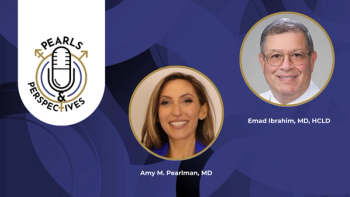
Is there a urologist in the house? Maybe not for long
Many patients, practices, and hospitals are having a difficult time finding a urologist this year, and that difficulty is going to grow as the next 2 decades tick past.
Key Points
Richard A. Cooper, MD, professor of medicine and senior fellow at the Leonard Davis Institute of Health Economics at the University of Pennsylvania, Philadelphia, estimates that the nation currently has a 5% to 10% shortage of doctors overall, depending on locale, and that the shortage in specialty areas, such as urology, is even greater. These shortfalls will grow to around 20% during the next 15 to 20 years.
Edward S. Salsberg, MPA, director of the Center for Workforce Studies of the Association of American Medical Colleges (AAMC), Washington, told a congressional subcommittee last year that, "a dozen states already report physician shortages or expect shortages within the next decade; nationally, at least a dozen specialties report similar shortages. These shortages are likely to exacerbate the existing lack of access for the 20% of Americans who live in government-designated health professional shortage areas."
Two reports-one from the federal government and one from the AAMC-put numbers to these dreary forecasts.
The Council on Graduate Medical Education (COGME), a division of the U.S. Department of Health and Human Services, released its "Sixteenth Report on Physician Workforce Policy Guidelines for the United States, 2000-2020," in January 2005. Among the key findings:
The AAMC's "Statement on the Physician Workforce," released last June, called for a 30% increase in medical school enrollment from the 2002 level over the next decade. The report also provided specialty-specific data, including the following:
Newsletter
Stay current with the latest urology news and practice-changing insights — sign up now for the essential updates every urologist needs.
















